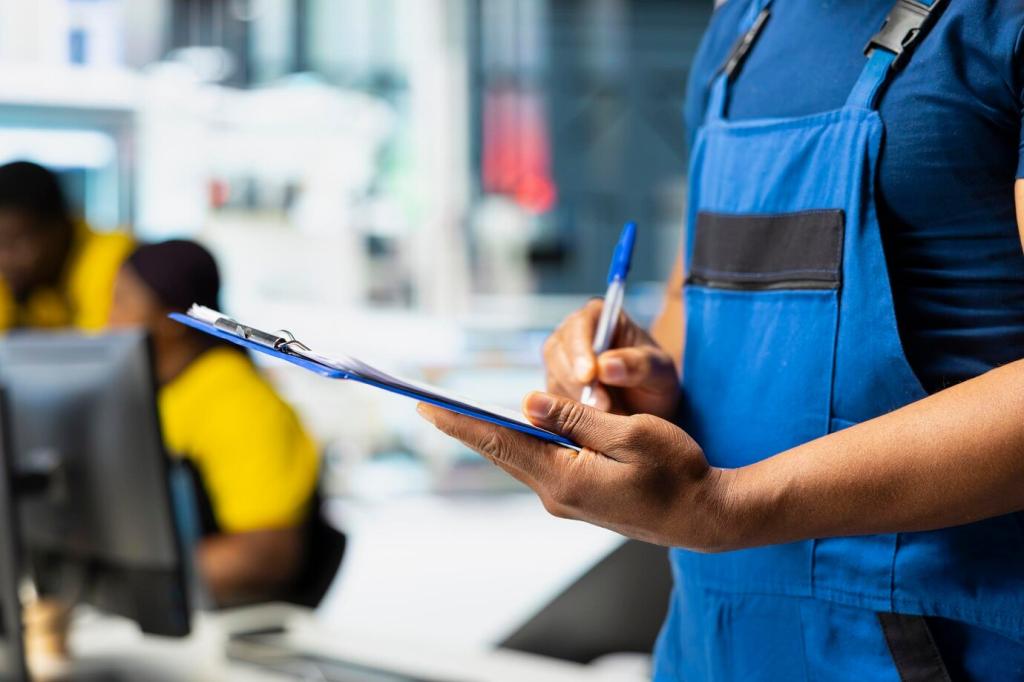Defining Top Quality in Veterinary Surgical Instruments
True top tier instruments start with surgical stainless steels suited to specific tasks, including martensitic grades for cutting edges and austenitic for corrosion resistance. Look for consistent heat treatment, passivation, and compliance with recognized quality standards.
Defining Top Quality in Veterinary Surgical Instruments
Veterinary surgeries demand stable grip and reduced fatigue during long procedures. Balance, ratchet feel, and tactile feedback matter, especially with delicate tissue. A well balanced instrument lowers strain and increases precision with every controlled movement.







